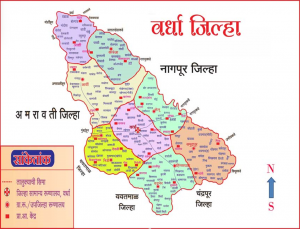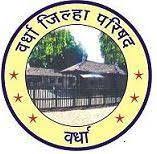Objectives of National Health Mission
The National Health Mission (NHM) envisions universal access to equitable, affordable and quality health services that are accountable and responsive to the needs of the people. And its objectives are as follows.Universal access to public health services with an emphasis on reducing child and maternal mortality, universal access to public services for food and nutrition, sanitation and hygiene, and services related to women’s and children’s health and universal immunization.Prevention and control of communicable and non-communicable diseases including endemic diseases at local level.Access to integrated comprehensive primary health care. Population stabilization, gender and demographic balance.
Policies of National Health Mission
There are some main and supplementary policies of health insurance, the policies on which various schemes are designed are as follows
Key Policies:-
-
Training and capacity building of Panchayati Raj Institutions (PRIs) to own, control and manage universal health services.
-
To promote access to improved healthcare at the household level through Women Health Activists (ASHA).
-
To implement a health plan for each village through the Gram Arogya Samiti of the Panchayat.
-
Strengthening sub-centres through spatial planning and continuous funding to enable Kuti and more Multi-Purpose Workers (MPWs).
-
Strengthening of existing PHCs and CHCs, and provision of CHCs of 30-50 beds per lakh population for improved therapeutic services to a standard (Indian Public Health Standards, Staffing, Equipment and Management defining standards).
-
Preparation and implementation of Intersectoral District Health Plan formulated by District Health Mission including drinking water, sanitation and hygiene and nutrition.
-
Integrating vertical health and family welfare programs at national, state, block and district levels.
-
To provide technical support to national, state and district health campaigns for public health management.
-
Strengthen capacity for data collection, assessment and review for evidence-based planning, monitoring and surveillance.
-
Creating transparent strategies for deployment of human resources for health and career development.
-
Developing capacity for preventive health care at all levels to promote healthy lifestyles, reduce tobacco and alcohol use.
Aim of National Health Mission
The objectives of the National Health Mission are as follows
-
Reducing Maternal Mortality Rate (MMR) to 1/1000
-
Reduction of Infant Mortality Rate (IMR) to 25/1000
-
Lower the Total Fertility Rate (TFR) to 2.1
-
Reducing disability and prevention in women aged 15-49 years
-
Prevention of mortality and morbidity from infectious, non-infectious
-
Gaining control over total healthcare costs
-
Halve the annual number of tuberculosis cases and deaths
-
Reduce leprosy incidence to <1/10000 population and then reduce incidence to zero in all districts
-
Reducing the number of annual malaria cases to <1/1000
-
Prevalence of microfilariae less than 1 percent in districts




